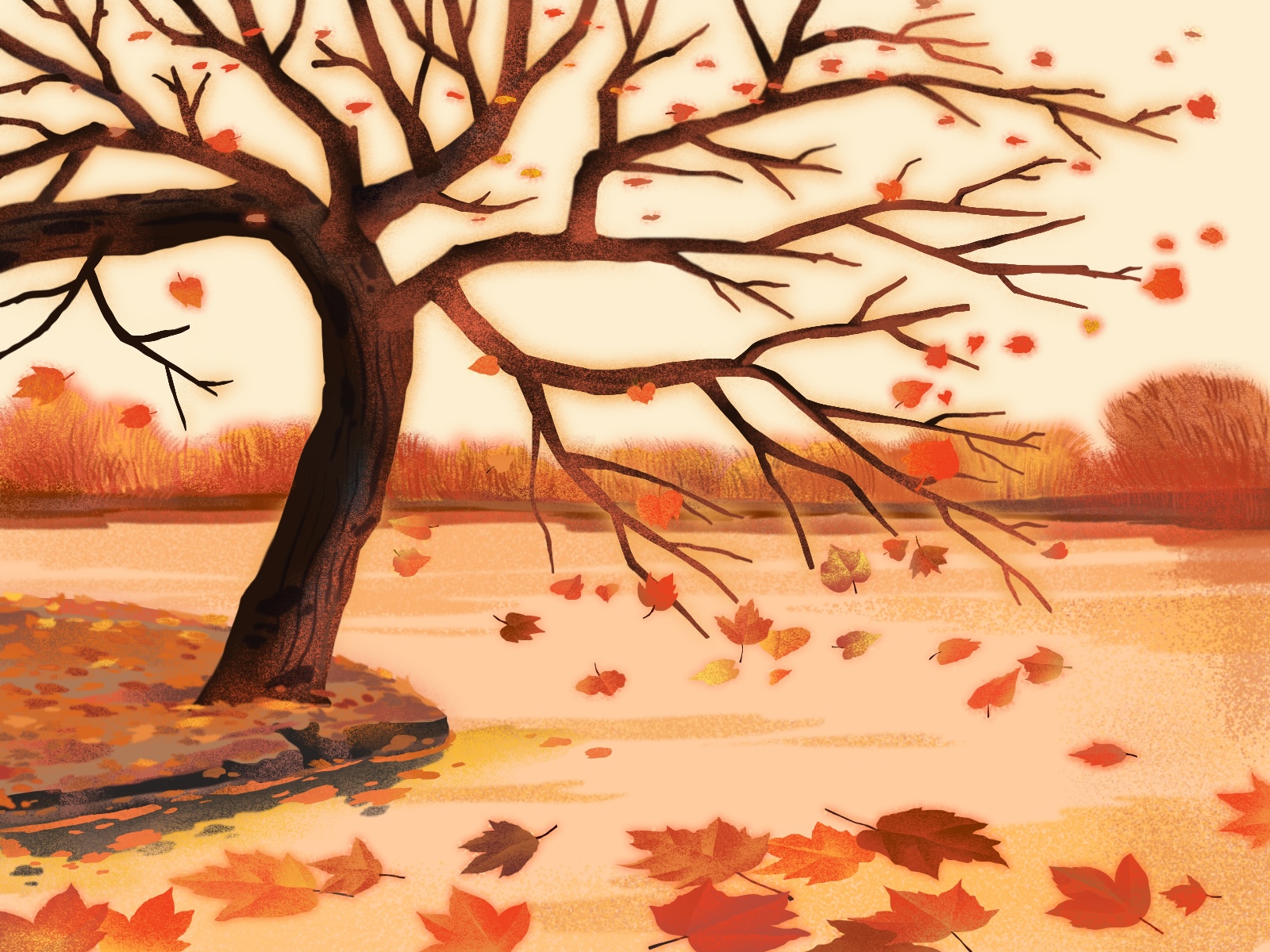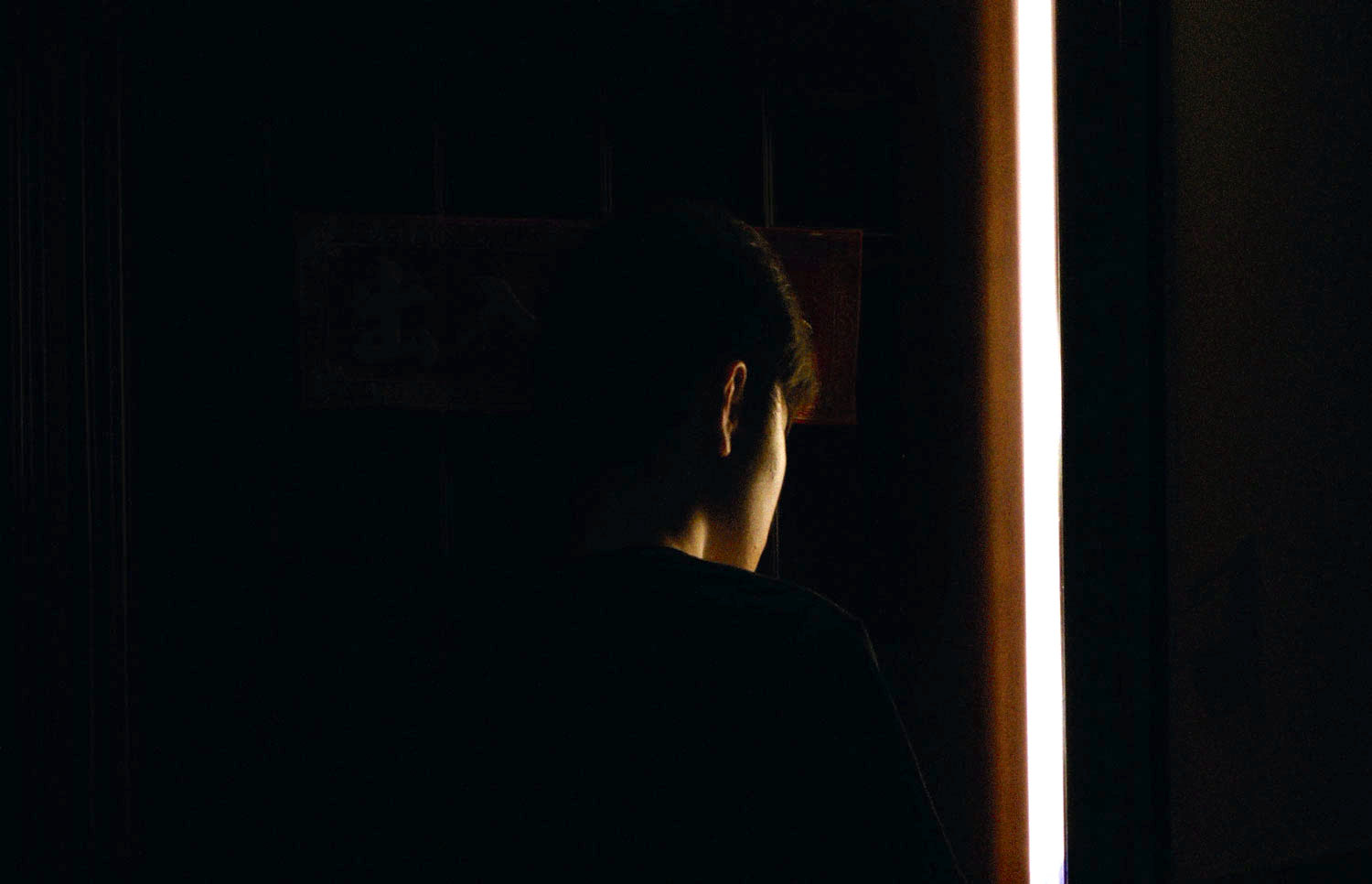Best of the Haiku Challenge (November 2024)
Announcing the winning poems from Tricycle’s monthly challenge The post Best of the Haiku Challenge (November 2024) first appeared on Tricycle: The Buddhist Review. The post Best of the Haiku Challenge (November 2024) appeared first on Tricycle: The Buddhist...

“Autumn wind” is one of the oldest seasonal themes in Japanese literature. The poet Fujiwara no Toshiyuki described it a thousand years ago in a poem that is still widely read today:
that autumn has come
the eyes cannot see clearly
but then suddenly
we know it because our ears
are struck by the sound of wind
Whether celebrating its “voice” or witnessing its effect on the natural world, poets have long seen the autumn wind as a way of intensifying human experience. The winning and honorable mention haiku for last month’s challenge all used the season word to augment beauty or emotion.
Marcia Burton explores one of the deepest ironies of psychotherapy in her haiku about getting paid “to listen to the autumn wind.” Jesus Santos hears “a perfect v” form high above the trees when geese cry out with the voice of the autumn wind. Monica Kakkar catches a glimpse of eternity as a gust of wind flashes “whiter than the flats at the mouth of the Ganges.”Congratulations to all! To read additional poems of merit from recent months, visit our Tricycle Haiku Challenge group on Facebook.
You can submit a haiku for the current challenge here.
Fall Season Word: Autumn Wind
WINNER:
psychotherapy
people pay me to listen
to the autumn wind
— Marcia Burton
Occasionally, I read a submission for one of these challenges and know instantly that it is a winner. The reasons vary. The poet’s use of the season word may be utterly original. Or the poem may say something wise, unexpected, or profound. Sometimes it happens because a poem stops me in my tracks. Ten minutes will pass and I’m still inside of it. It refuses to let me go.
When I find a haiku like that, I set it aside. My mind isn’t made up until I have reviewed all of the poems, but I can’t forget what I’ve seen. I sometimes wonder if that isn’t the final word on all great haiku: Certain verses are simply unforgettable.
What makes last month’s winner memorable is the thought of anyone (even a therapist) being paid to listen to the wind—although we quickly realize that it is the complaints and concerns of the poet’s various clients that she is being paid to listen to, and not the wind itself . . . a revelation that only adds to the humor. The poet has captured something paradoxical about the practice of psychotherapy—where the occasion for the healing involves an exchange of currency, but the healing itself does not.
Given that “autumn wind” often evokes the same feelings of melancholy that might inspire someone to seek psychotherapy, I asked the poet to expand on the meaning of the season word in her haiku. This was her reply:
I shared the poem this week with a group of therapists whom I supervise. Their faces showed a mix of humor, confusion and recognition. The truth is, I’m not exactly sure what I mean by the autumn wind . . . and I think maybe that is a part of what I mean.
I’m not sure what is “important” about the stories that I hear at work. Sometimes a story contains narrative that has been fossilized and is no longer questioned by the person. As if written in stone. An unnecessary stuckness.
It is my job to listen, of course, so I find myself trying to read between the lines of an ossified story. To feel the spaces between the words and also to listen to the autumn wind who is the person between the words—that living, breathing, sacred being sitting in front of me who is throbbing with life and wonder.
If I can’t catch at least some of that “autumn wind” in the person, or in between their words, I am not doing my best work.
When I read her explanation, I had two thoughts at once. The first was she had described the experience of “deep listening” that must be the foundation of all good psychotherapy. The second was that her poem said something deeper and simpler, though much harder to explain.
To get to the bottom of that deeper, simpler something, we would have to pose it as a question: How does it heal someone to listen to them exactly as we would to the autumn wind? Only when we have answered that question do the subtle, necessary, and impossible ironies of paying for such a service finally come to the fore.
HONORABLE MENTIONS:
a perfect v forms
somewhere high above the trees
the autumn wind calls
— Jesus Santos
whiter than the flats
at the mouth of the Ganges—
gust of autumn wind
— Monica Kakkar
♦
You can find more on November’s season word, as well as relevant haiku tips, in last month’s challenge below:
Fall season word: “Autumn Wind”
when the autumn wind
begins to blow, everything
I see is haiku
–Takahama Kyoshi (1874–1959)
Submit as many haiku as you wish that include the autumn season word “autumn wind.” Your poems must be written in three lines of 5, 7, and 5 syllables, respectively, and should focus on a single moment of time happening now.
Be straightforward in your description and try to limit your subject matter. Haiku are nearly always better when they don’t have too many ideas or images. So make your focus the season word* and try to stay close to that.
*REMEMBER: To qualify for the challenge, your haiku must be written in 5-7-5 syllables and include the words “autumn wind.”
Haiku Tip: See Everything As Alive!
This month’s sample poem by Takahama Kyoshi figures prominently in Ozawa Minoru’s 2018 anthology Well-Versed: Exploring Modern Japanese Haiku. A literary giant who mentored some of the 20th century’s greatest poets, Kyoshi was the leader of the most influential movement in modern haiku. The first of a dozen verses in the anthology on the season word “autumn wind,” Kyoshi’s is the most famous of the twelve.
In his commentary, Ozawa writes:
This is a haiku about composing haiku—a daring meta-poem. The poet may mean that he makes everything he sees into a haiku, or that everything he sees turns by itself into a haiku, or even both. What matters is the avid desire, even obsession, that surely lies behind the pronouncement. I doubt if any other haiku poet before or since Kyoshi has been so forceful or so full of self-confidence.
The last sentence is a backhanded compliment meant to acknowledge the unwavering resolve (some would say obstinance) with which Kyoshi defended the principles of haiku as he saw them. He believed that a haiku should (1) adhere to the traditional 5-7-5 syllable form, (2) include a traditional season word, and (3) focus on “singing the beauty of flowers and birds.”
The last of these alludes to a slogan that had its roots in Chinese landscape painting. Kacho-fugetsu means literally “Flowers, Birds, Wind, and Moon,” but it has long stood for “finding oneself through the close observation of nature.” Kyoshi’s version of this was Kacho-fuei, “formal composition on flowers and birds.”
According to his granddaughter, Teiko Inahata, Kyoshi’s motto expressed an animistic worldview that was almost a kind of religion. Toward the end of his life, he came to understand haiku as “the literature of paradise”—an acknowledgment of the world, and everything in it, as fundamentally sentient and alive.
This is the real meaning of Kyoshi’s haiku about the autumn wind. It expresses his entire philosophy of life. Everything is alive.
A note on autumn wind: Ozawa writes, “The autumn wind is a melancholy wind that seems to shadow the landscape. That is precisely why everything it touches can become a haiku.” The comment applies to Kyoshi’s poem specifically, but it is generally true of haiku on this season word. But the autumn wind, being brisk and cool, can also have a vivifying effect, sharpening our awareness of the world around us. That seems to be the point of the following haiku by Kineo Fukuda (b. 1927):
The eyes of a stag
that feels throughout its body
rising autumn wind
–from A Hidden Pond: Anthology of Modern Haiku, translated by Koko Kato and David Burleigh

 JaneWalter
JaneWalter 































